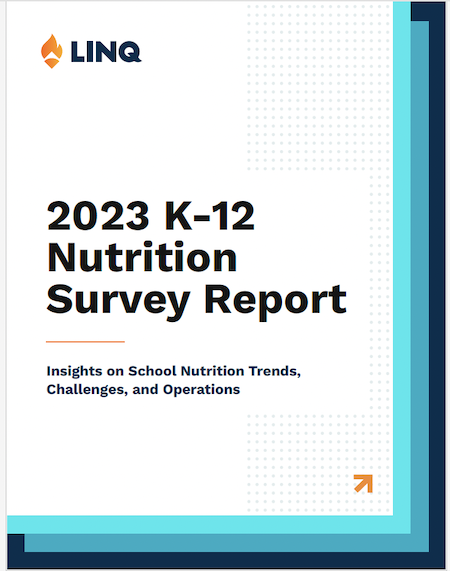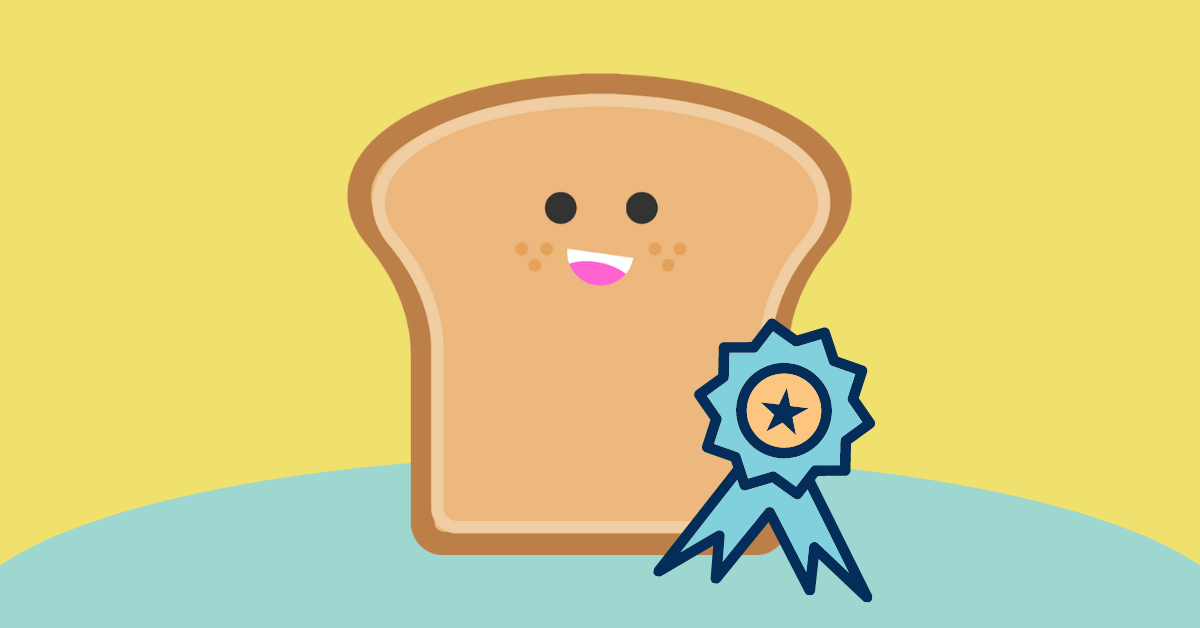There’s a new school year headed our way and districts have lessons learned from the first year back under standard operations following the pandemic. Now school districts are taking those lessons and applying solutions while still maintaining an eye on the future and new roadblocks that may come their way.
LINQ’s nutrition study found that food service directors are concerned with increasing costs, staffing challenges, and insufficient per-meal reimbursement rates. And unfortunately, nearly 80 percent of respondents believe that school nutrition budgets will only continue to get tighter in the future. With that in mind, it’s important for K-12 nutrition departments to ensure their menu planning is top notch for managing those concerns with ease.
Successful Menu Planning Made Easy
Menu planning doesn’t have to be a burden each month, and it isn’t when you have an efficient system to help you manage it. After you gather insights from your production records and inventory, it’s time to think about what you can do to get the attention of students to increase participation.
When planning your menu, consider the following to keep things fresh and draw attention to the meals you offer.
Get Creative While Reducing Food Waste
Take advantage of a system that provides comprehensive item management that allows you to get more creative with your menus to reduce food waste. Entering an item once makes it easier for you to track your inventory and determine unique ways to reduce food waste. Not only can the item be documented as a serving—it also can be an ingredient within a meal. This means you can break down your odds and ends of remaining inventory and incorporate into additional menus to reduce the food waste in your cafeteria. With nearly 530,000 tons of food wasted in schools each year, every step and action you take matters both in the Front and Back of the House with your menu planning.
Add Fun, Themed Meals
Part of menu planning is about creating experiences around food. Take your students on a journey around the world with cultural cuisine. Give your students a taste of Paris by serving ratatouille and slices of crusty bread, or take them to Puerto Rico and serve black beans and plantains. Create meals that offer students an experience!
Connect to your Community Through Food
When menu planning, reach out to farmers or urban garden groups in your area to get locally sourced produce for your meals. You can even work with them to build at-home kits for students that allow them to try new foods on their own time. Plus, partnering with local farmers and organizations may help bridge the gap in the case of any national supply chain shortages that may arise.
Seasonal Holidays and Events
There are so many holidays that center around food. I mean, there’s an entire day devoted to DONUTS! Weave special items into your meals when menu planning to highlight these oddball holidays. Also, go beyond the basic fall and winter holiday meals. Instead, add diversity by highlighting food that’s served during other fall and winter holidays, like Kwanza or Ukrainian New Year.
Menu Planning is Tough—Be Your Own Cheerleader!
Once you have your menus planned, you have plenty of time to start promoting, promoting, promoting! People don’t know what they don’t know.
You must be the cheerleader for your program, breaking down poor perceptions of school meals one person at a time. School nutrition teams are powerful and stronger than peanut butter stuck to the roof of your mouth. While all of this might be quite the task, we know you can do it. Check out our KPI template for a data-driven way to promote your nutrition program to your district leadership and the community.
Want More K-12 Nutrition Insights?
Learn more from the K-12 Nutrition Survey Report about the highest priorities for school nutrition leaders now and as they look toward the future.

